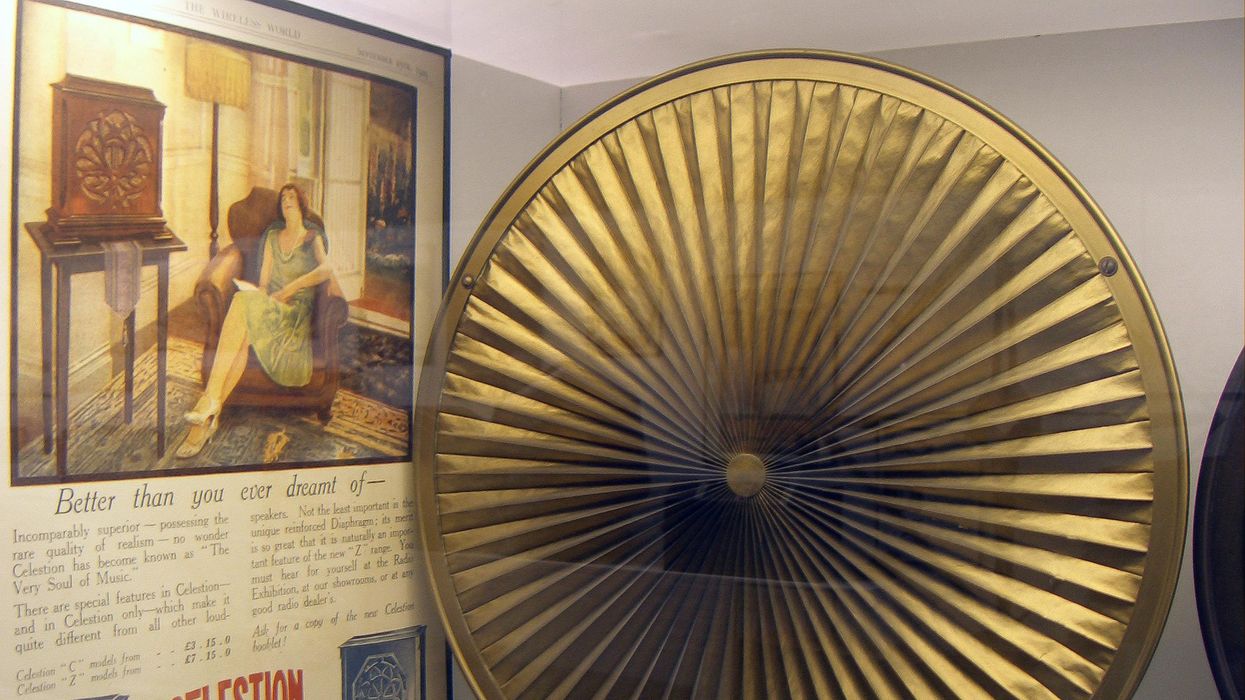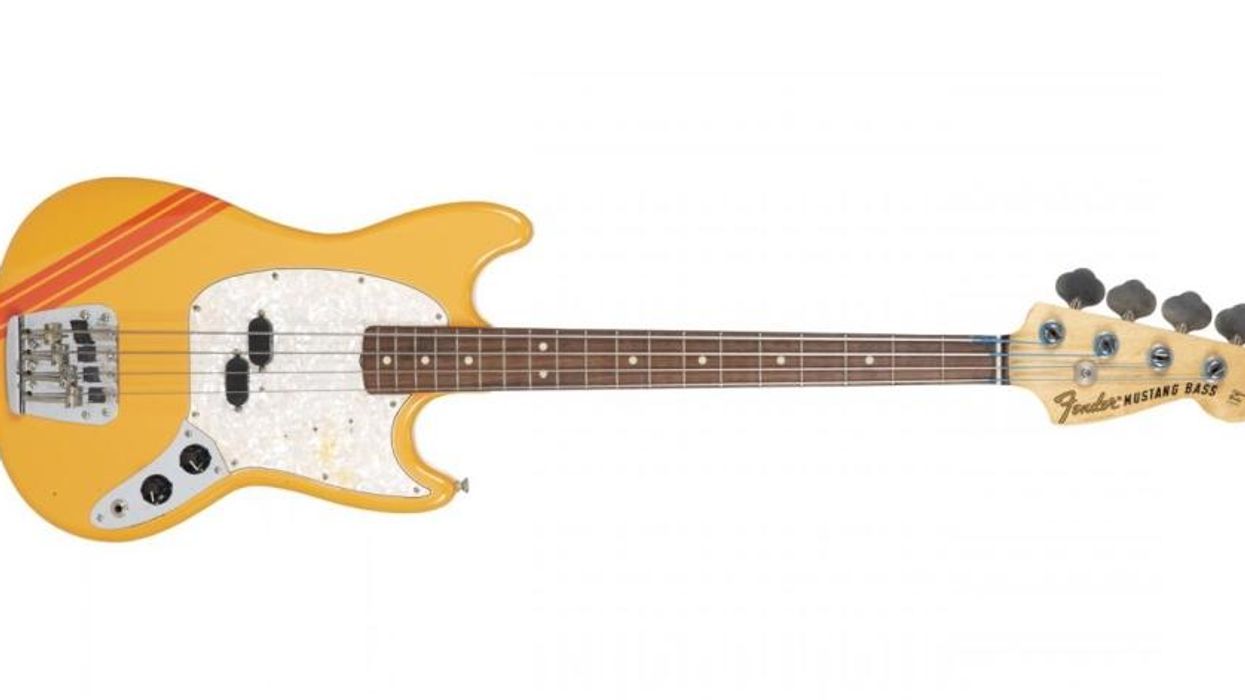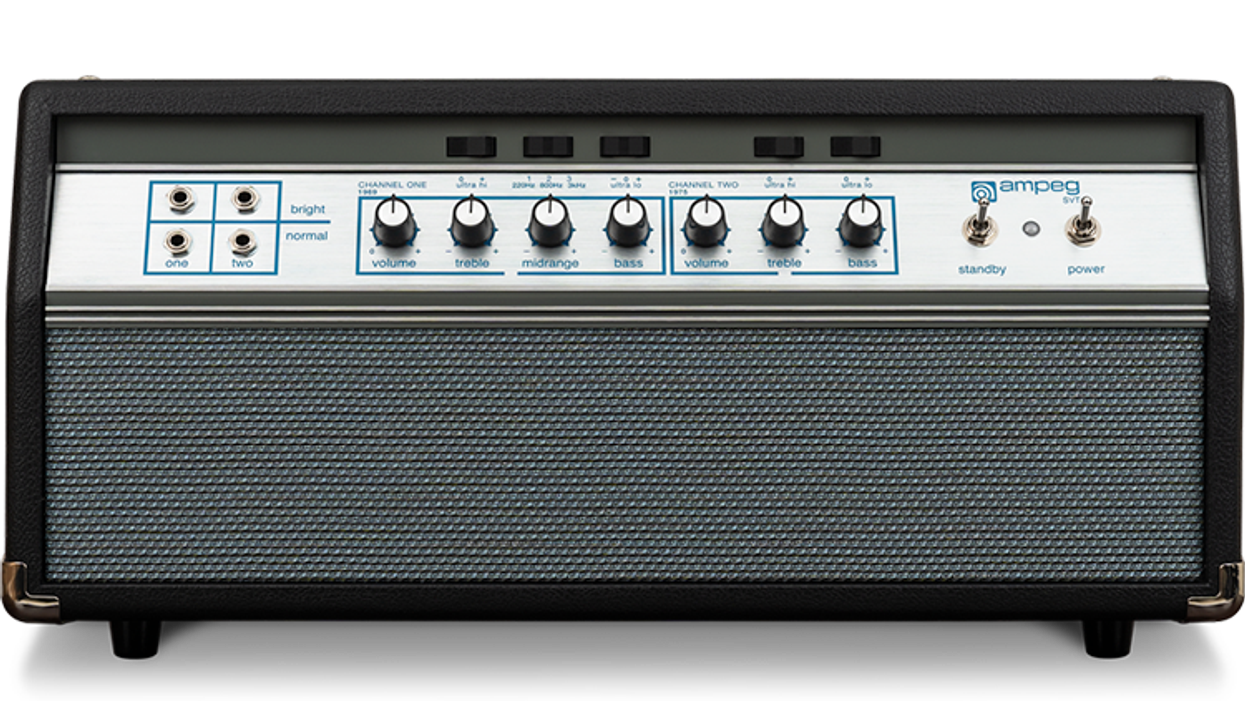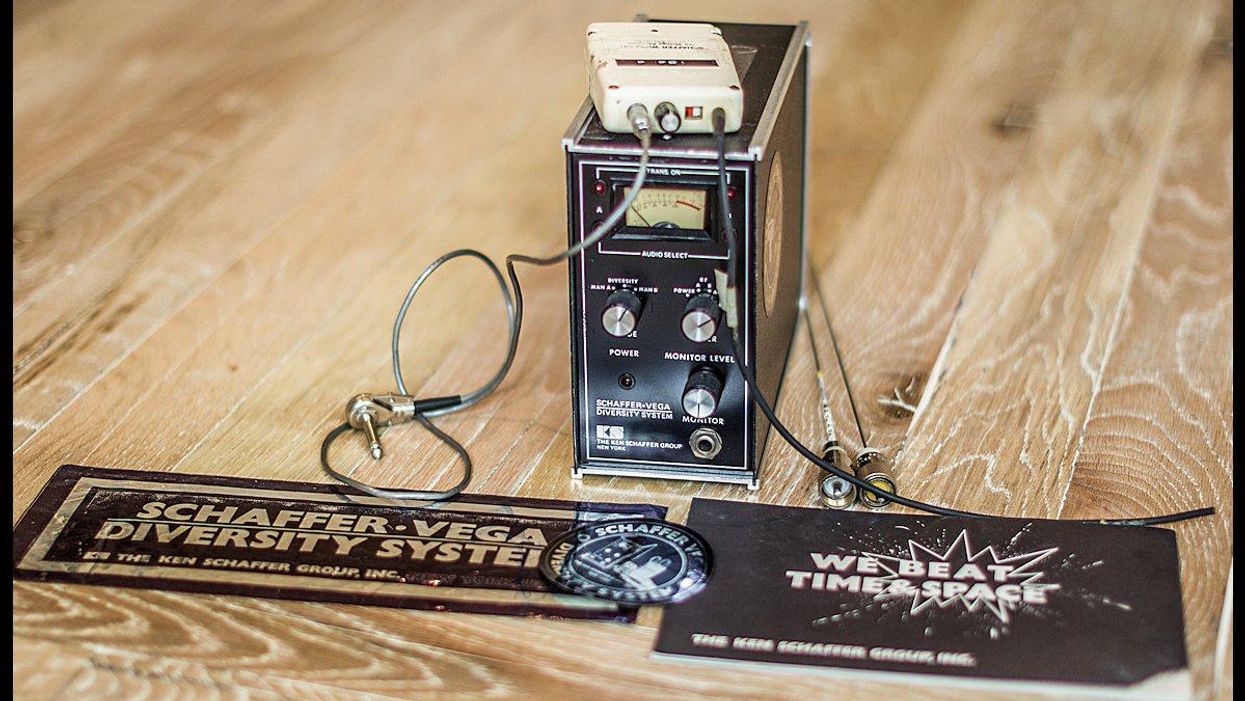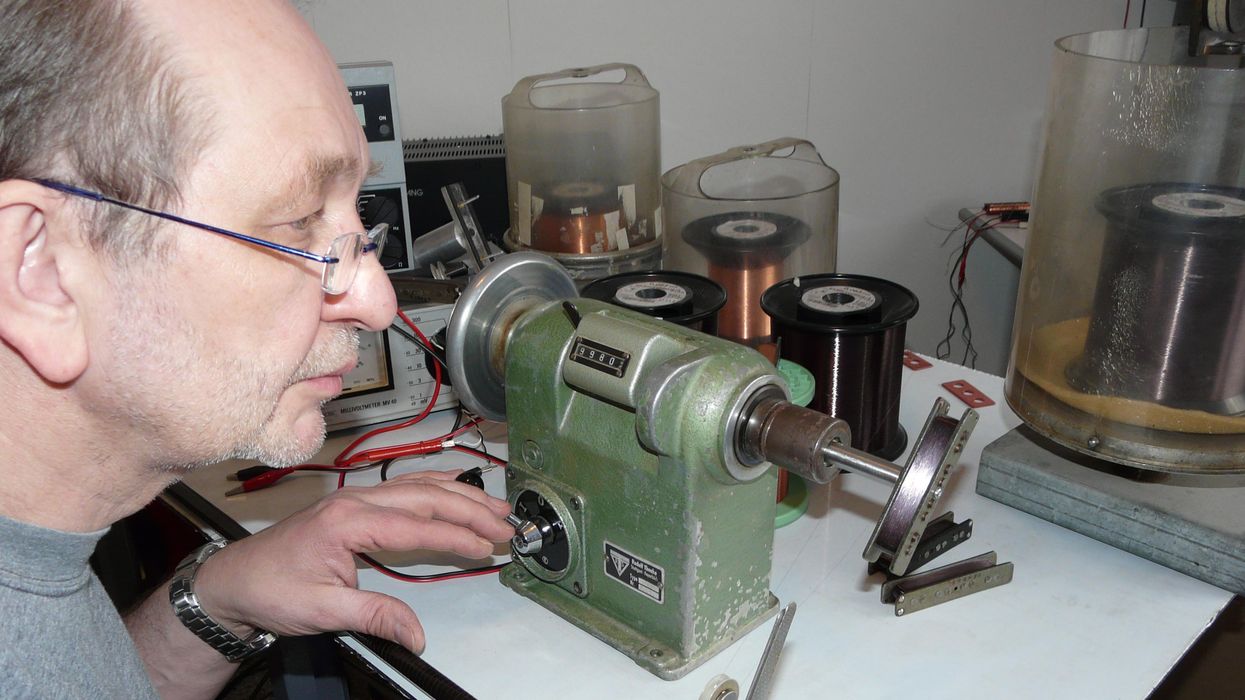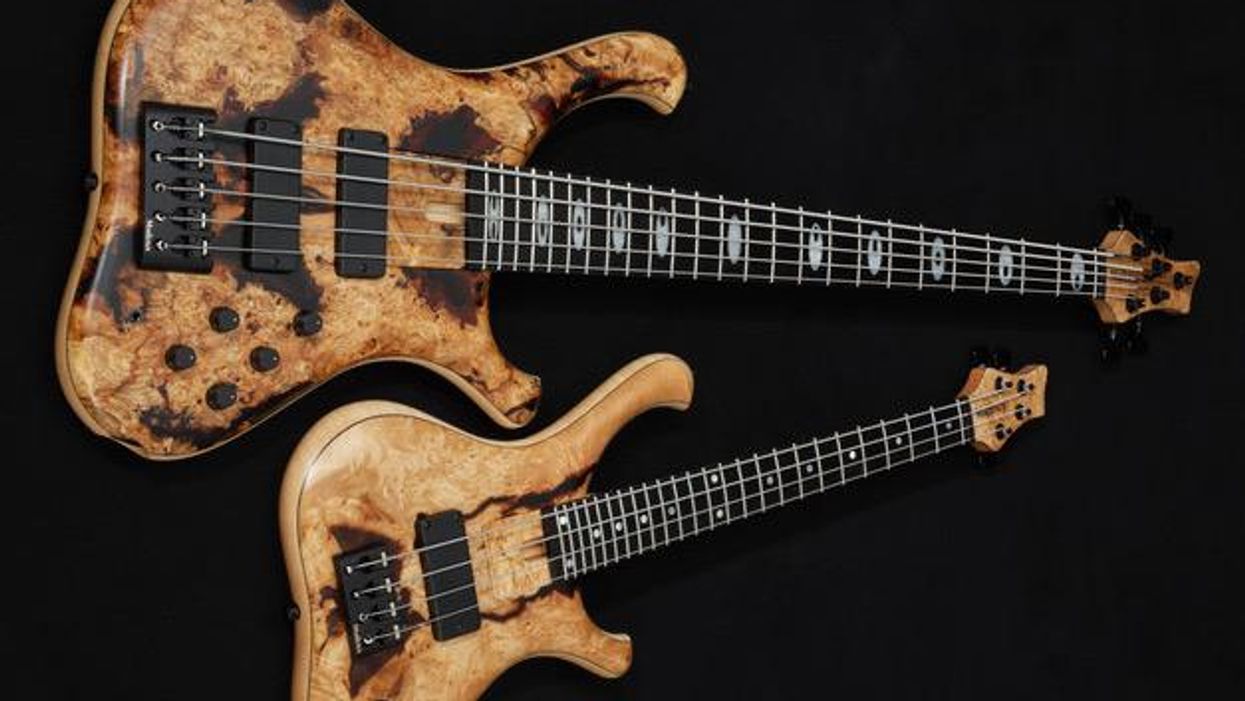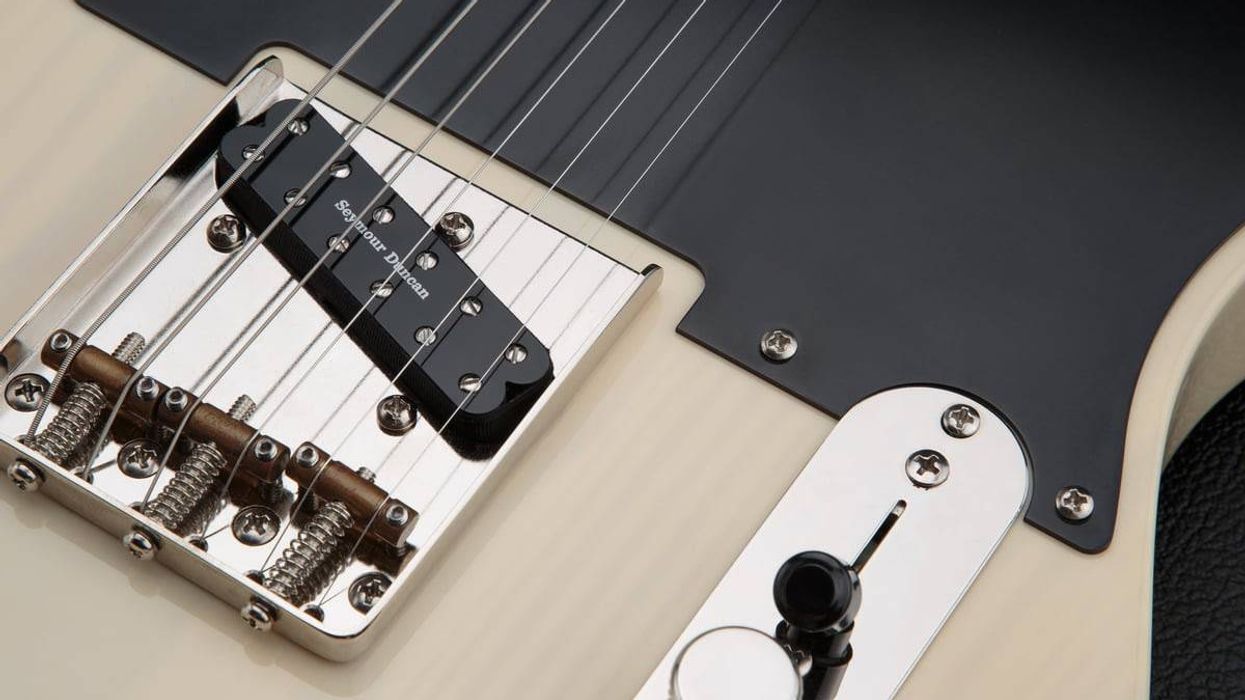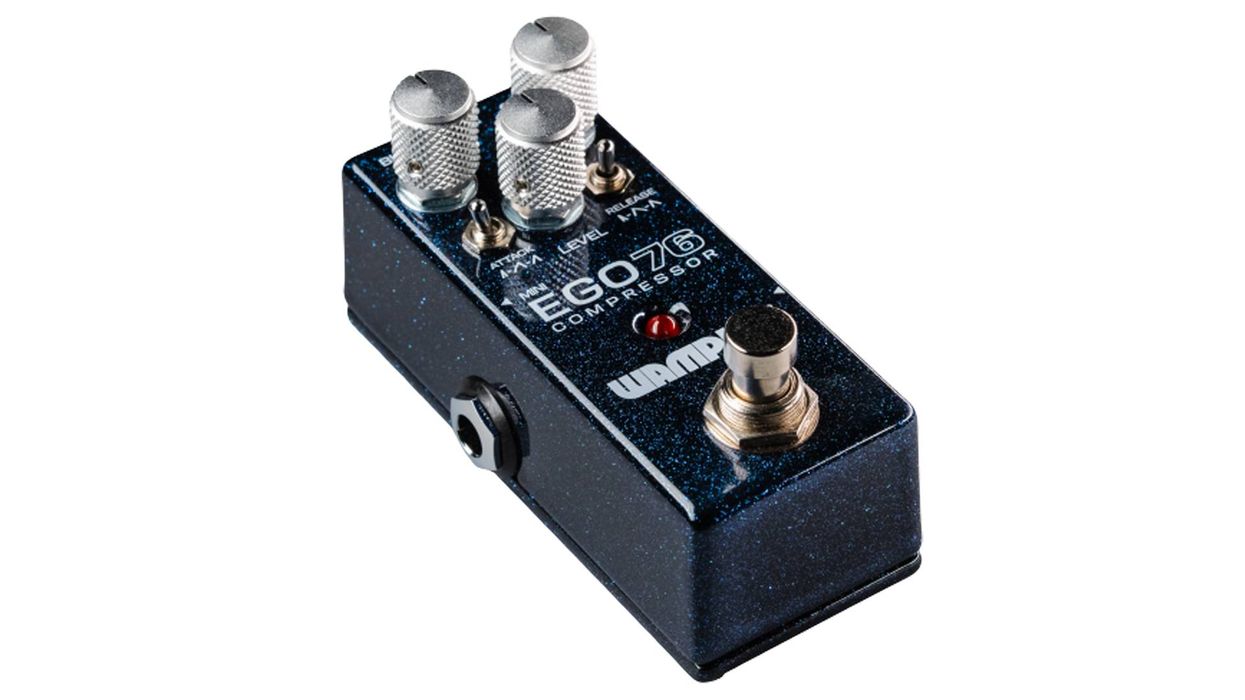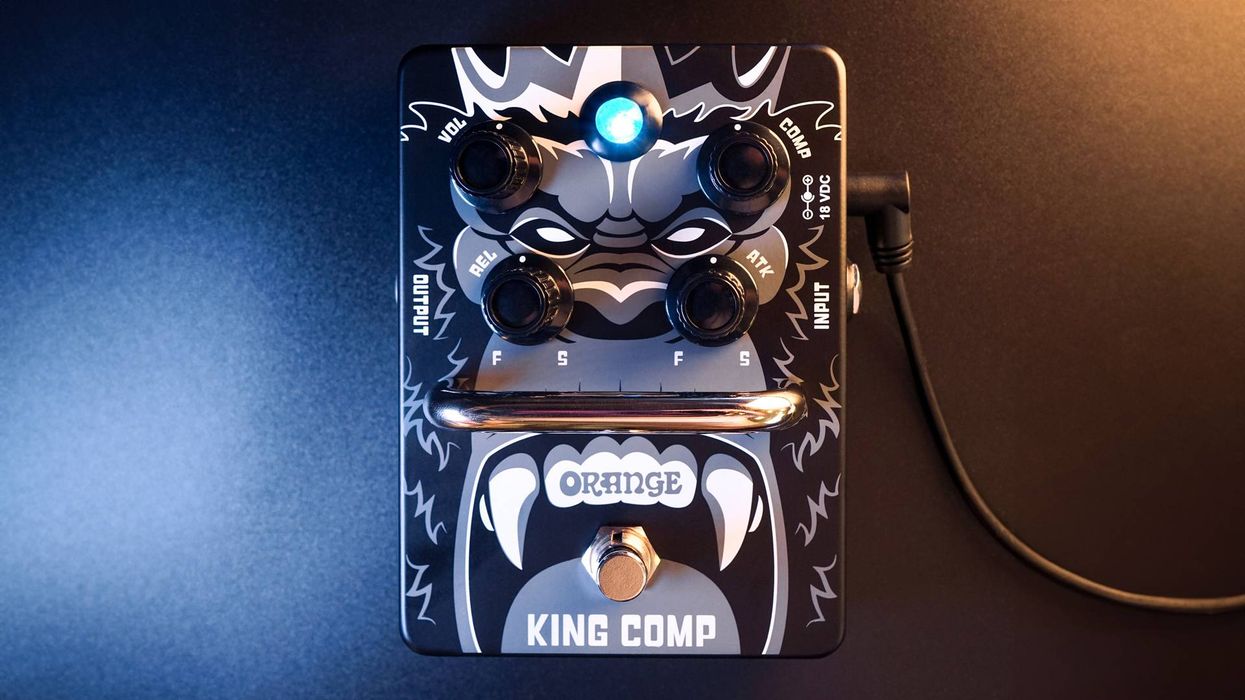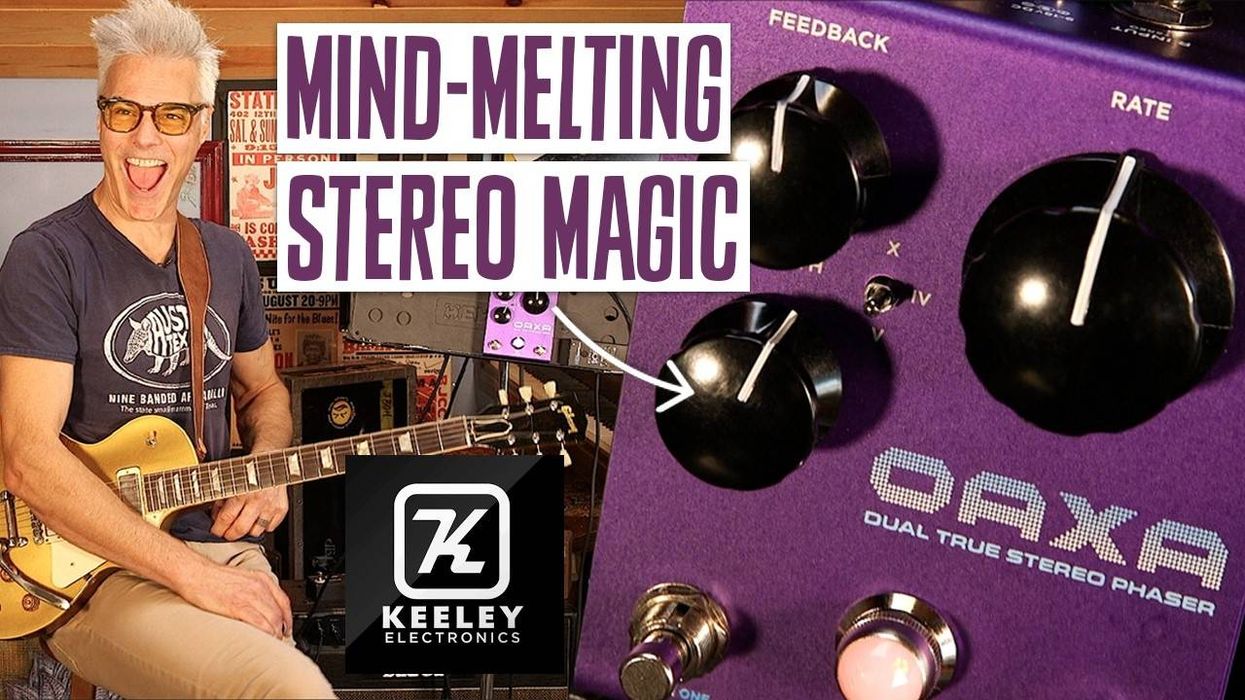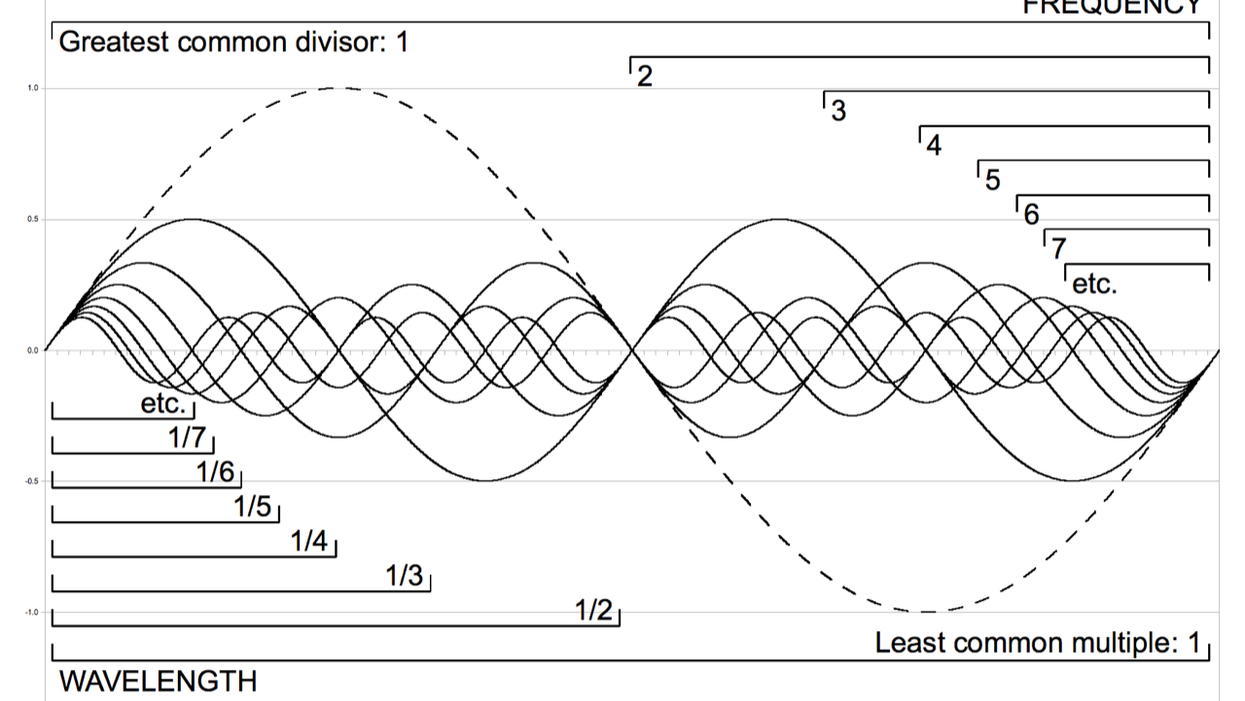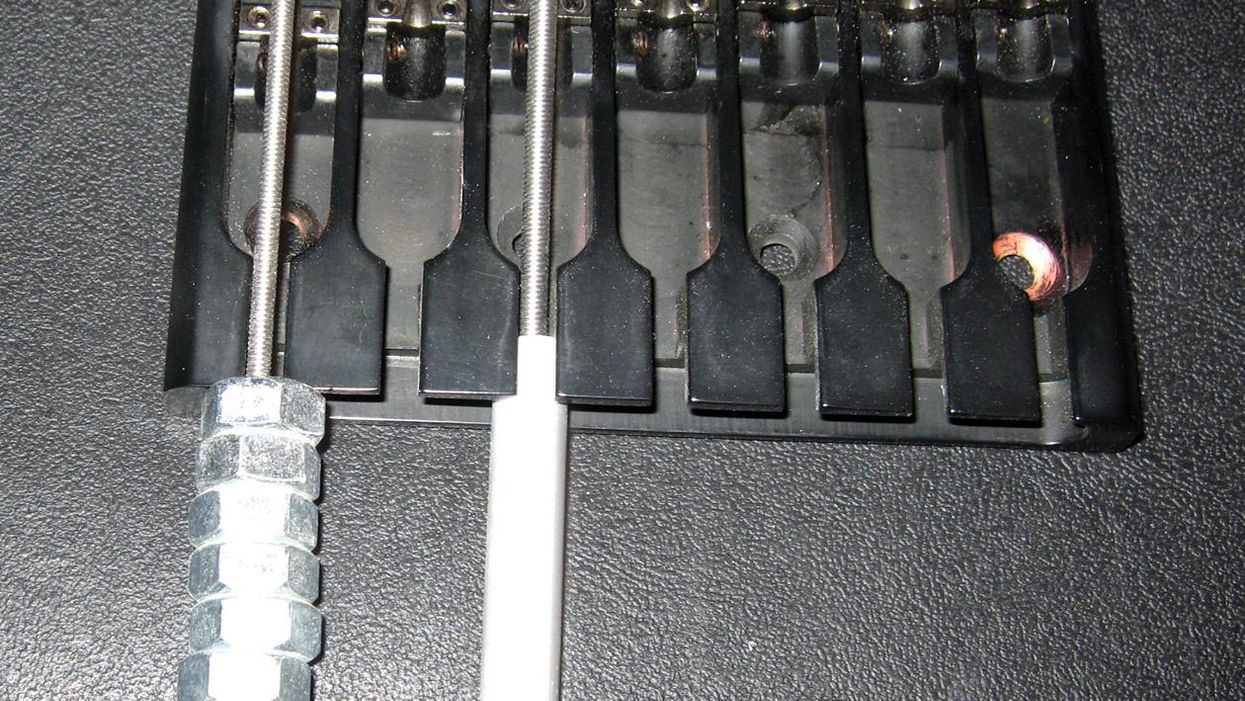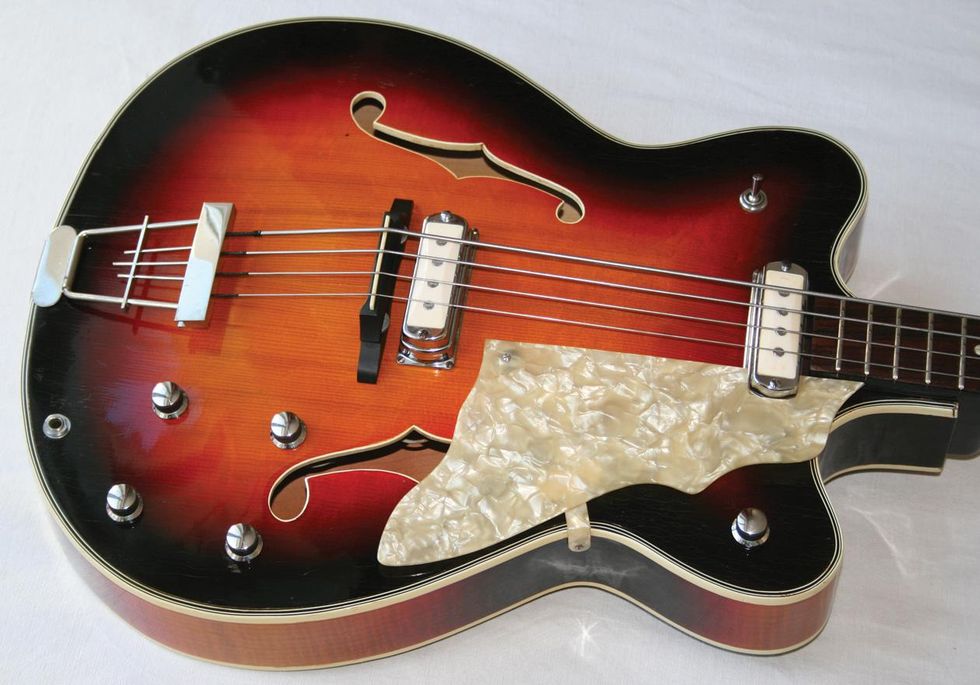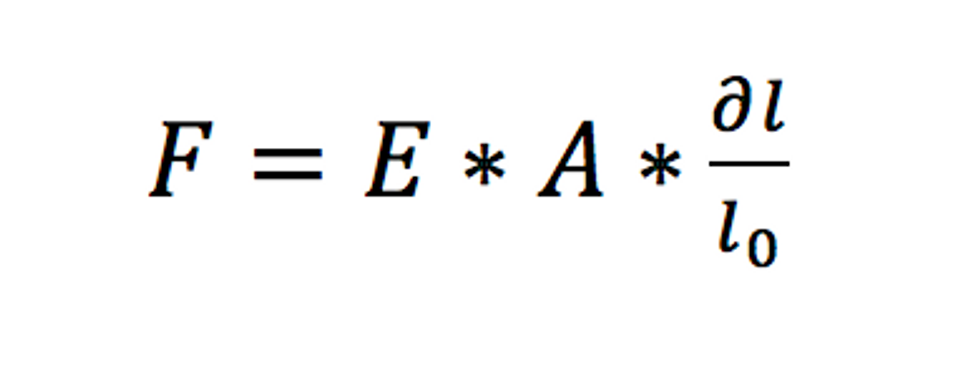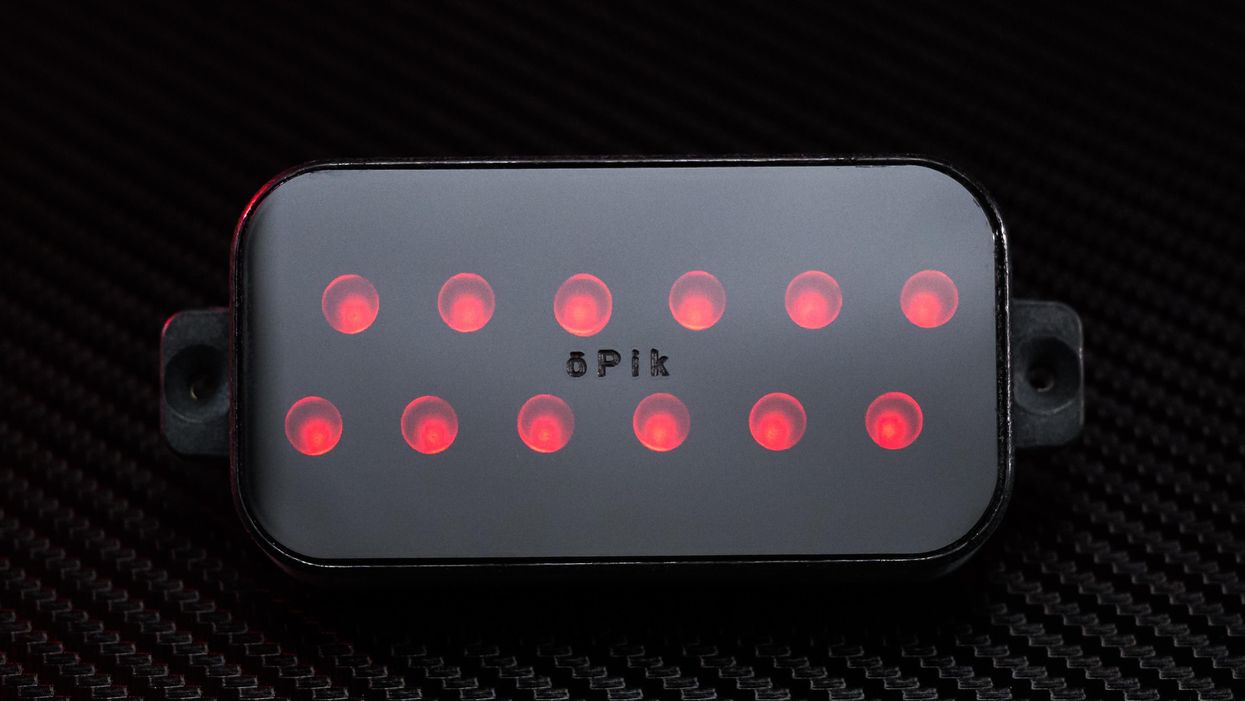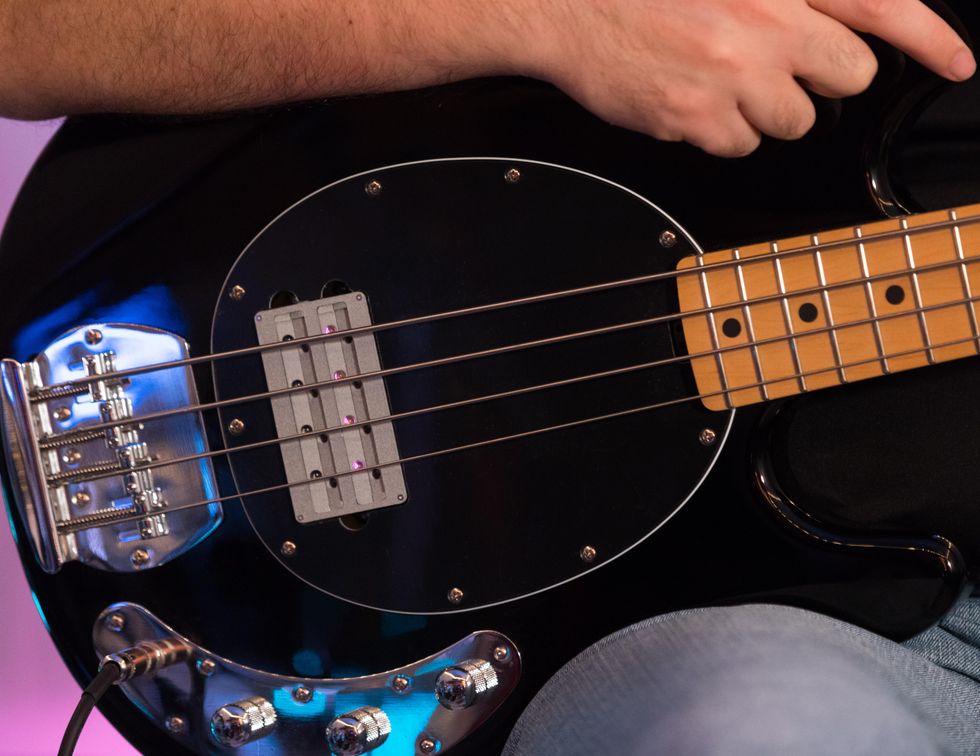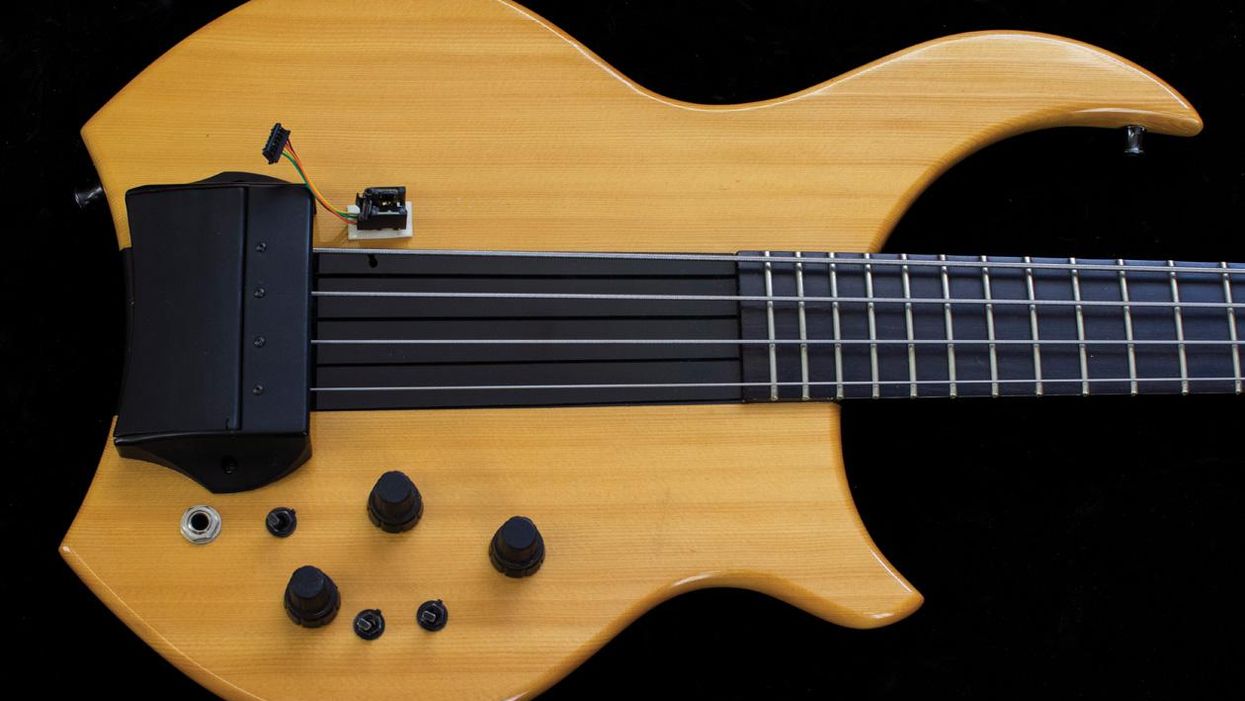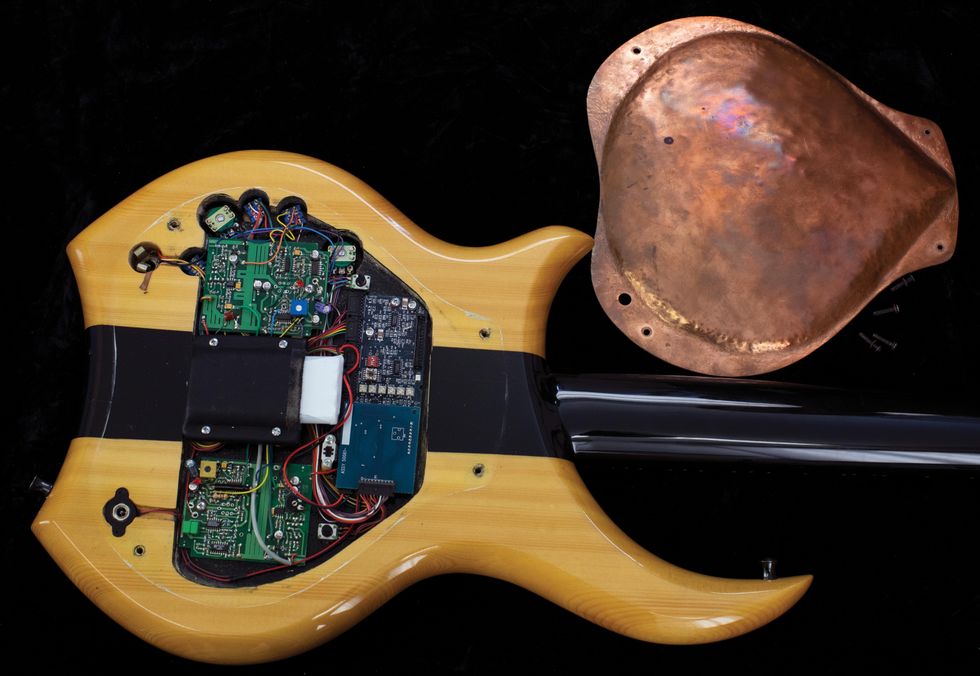Musicians rarely see the huge effect a speaker or cabinet has on their sound, as our relationship to our instrument is way more emotional and intense than with what comes after the output jack. In 1915, Peter Jensen perplexed those who attended his Magnavox speaker demonstration with the amplification of a human voice. The construction of that speaker—a conical membrane and a voice coil in a magnetic field—is principally the same as what we use today, although the Celestion speaker from 1924 looks quite different to what we are used to seeing (Photo 1). The tonal goals in the world of hi-fi speakers are pretty clear: a wide frequency range and high linearity, which is far from what our rigs require.
While the membrane of a guitarist's speaker is almost always made from paper or cellulose, bass speakers also sport carbon, Kevlar, or polypropylene for enhanced stiffness. Added mass and stiffness contribute to frequency response in the bass range. Extra ribs on the conical membrane and chemical coatings can further enhance stiffness and rigidity. And, as opposed to our instruments, where we often have tonally dominating parts like the pickups, almost all parts of a speaker are interacting.
On a guitar speaker, the shell of the voice coil is most often made from paper, making it both light and sensitive, with a detailed upper range, but highly sensitive to heat. The bass version sports bigger voice coil diameters, for better thermal flux, and Kapton or fiberglass shells. As guitarists initially swore on alnico and, later, ceramic ferrite magnets, the bass world has now moved on to neodymium—which is 10 times as powerful and more lightweight than a ferrite magnet—as the norm. As we know, compared to guitar gear, ours is typically bigger, heavier, and way more powerful.
As guitarists initially swore on alnico and, later, ceramic ferrite magnets, the bass world has now moved on to neodymium—which is 10 times as powerful and more lightweight than a ferrite magnet—as the norm.
Another common difference is that guitarists mostly rely on one speaker size for their whole rig—mainly 12". Bassists, on the other hand, are used to mixing several sizes, using crossovers, or even bi-amping, mainly because of the hard realities of reproducing a good low end.
In the heyday of our instrument, those huge and heavy Ampeg SVTs and their 9x10 cabinets were at the heart of many a bassist's dream rig. The 300W SVT came in around 88 pounds, while a modern 300W class D head might be just a mere 3.3 pounds. The evolution of speaker cabinets is quite similar, with lighter cabinet enclosures sporting highly efficient speakers. If we want to quantify efficiency or sensitivity per watt, we have to look at their sound pressure level (SPL) and remember what logarithmic scales mean for perceived loudness and necessary wattage: Raising SPL by 3 dB requires twice the wattage. Or, similarly, a speaker's 3 dB of higher efficiency is like doubling an amp's power.
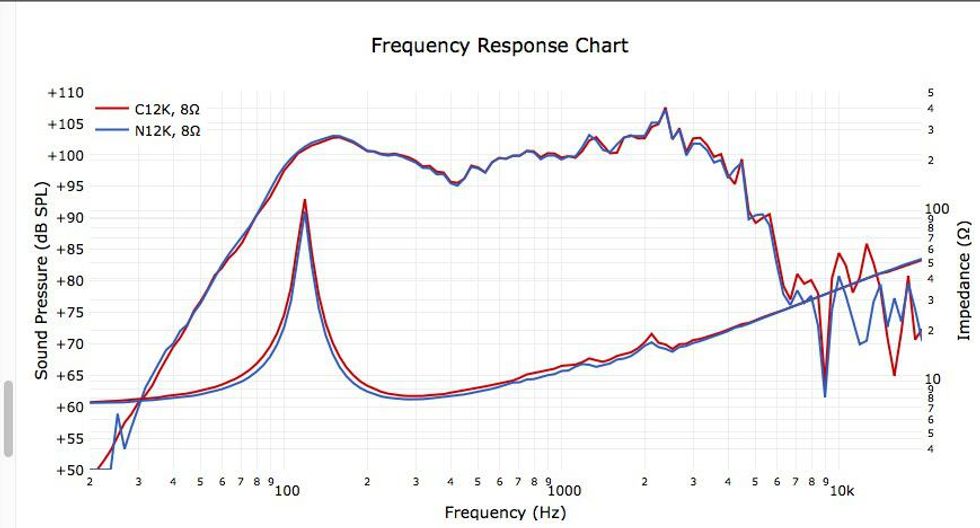
Image 1: Here are two almost identical SPL and impedance plots, despite their fundamentally different magnet materials, with neodymium shown in blue and ferrite in red. The SPL plots are the wild upper curves, while impedance curves have just one peak.
Copyright SICA/Jensen Speakers, Italy
SPL measurements are most often shown as frequency response curves in the audible range of 20 Hz to 20 kHz, with decibel (dB) versus frequency (Hz). Image 1 shows a comparison of two 12" guitar speakers with an additional impedance plot in ohms (Ω). The two speakers use different magnet materials, with neodymium shown in blue and ferrite in red. Since neodymium is 10 times as powerful, that means a speaker's heaviest part, the magnets, can be 10 times lighter without much of a different tone and efficiency. Notice that both materials create almost identical results.
While frequency response curves are a common way to compare speakers, they can be misleading. Once SPL ratings are just given as one value in decibels, they are either measured as the level resulting from 1 watt at 1 kHz in 1 meter distance from the speaker—an old and not very helpful standard from the days of portable transistor radios—or as an average of a frequency range. Some manufacturers use complete audible range or parts of the prominent midrange in their spec info. So, as valuable as these frequency response curves can be, keep in mind that, without knowing the details, comparability between manufacturers has its limits.
